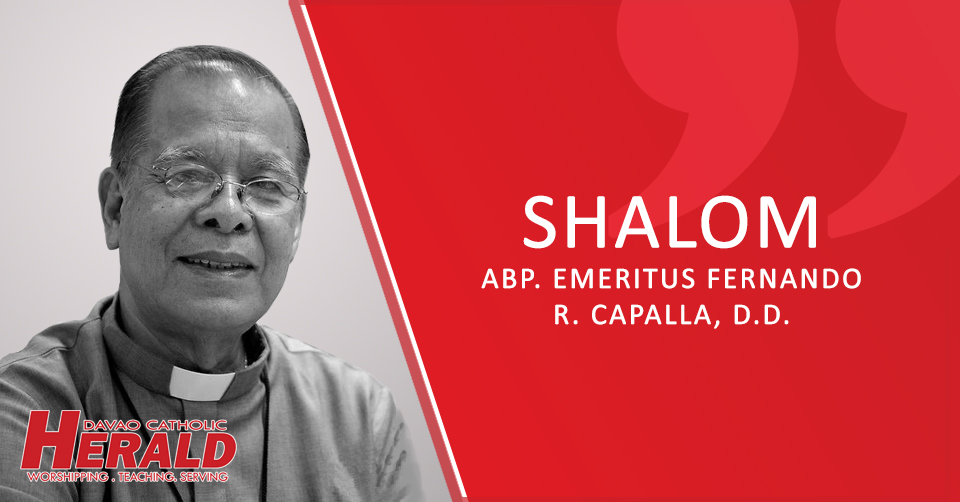
Praying over, and blessing 51 fishermen and their SMC pump boats, a rare interfaith experience!
The unique blessing took place on 28 May 2021 in Kairo Beach Resort in Barangay Lambahon. Two years ago I also blessed SMC (San Miguel Corporation) pump boats in Barangay Lucud and Barangay Bacoling. All are located in the big coastal town of Baganga, Davao Oriental.
Our Bishops-Ulama-Priests-Pastors-Farmers-Lumad-Conference or BUPPFALUC has a fishing project for former coconut farmers whose coco trees had been destroyed by Typhoon Pablo. For their wives we have, meanwhile, a coastal gardening project. Most of these people are Catholics. There is a significant number of Protestants and Maranaw Muslims.
Because of this religiously mixed crowd I had to provide an acceptable interfaith prayer and blessing.
Because Catholics and Protestants believe in God as Father, Son, and Holy Spirit, while Muslims honor Mariam, the mother of Jesus, I proposed the following: While I make the sign of the cross on each fisherman, the Catholic sign himself in the traditional way, while the Protestant places his right hand on his breast, and the Muslim makes a brief head bow at my mention of Mary.
Attired in my blue shirt with collar and wooden pectoral cross, I sat on a chair under the shadow of the acacia tree, facing the gigantic expanse of the Pacific Ocean, and lined up on my left are 25 pump boats with SMC on their sides, while 26 other SMC boats lined up to my right, and all this on a sunny morning of 28 May 2021. Then the emcee announced, “One by one, come over in front of the archbishop and give your name. Then I raised my hand over Ramon and prayed, “Lord, bless Ramon, his pump boat and family, in the name of the Father, and of the Son and of the Holy Spirit. Amen.” After everyone was blessed, I prayed the Hail Mary.
Symbol hides a mystery
This is an important teaching of the Liturgy of the Church. When we pray in our liturgical celebration we are communicating with the Invisible God. To do this we use physical signs which are visible to the eyes, tangible by our hands, and audible to our ears. These are body movements, hand and facial gestures derived mostly from our Cebuano culture, language and tradition.


No Comments